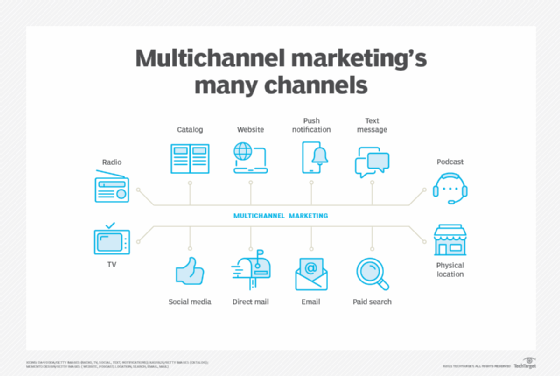
Getty Images/iStockphoto
How to overcome the top 6 marketing automation challenges
Marketing automation tools can improve employee productivity if organizations avoid common pitfalls, such as poor planning and a lack personalized messaging.
Organizations with large volumes of customers and prospects often rely on automation to send messages and other marketing content.
Marketing automation tools offer various features, such as lead scoring and integration with CRM and content management systems, that can increase productivity, offer a 360-degree customer view, nurture leads and boost conversion rates. However, despite these advantages, organizations that use this software can face challenges, such as a lack of IT support and decentralized data.
To ensure a smooth implementation, marketing leaders should understand the marketing automation challenges that can create problems for their teams.
1. Poor planning
Implementing any automation tool should start with a well-thought-out and clear plan that defines the desired outcome. If organizations lack clear goals, they might not understand which automations could generate the greatest ROI and instead create trivial automations that offer little or no business benefit.
To avoid this issue, marketing teams must carefully define which pain points they want to automate and outline how they expect the tool to help. Once they find those pain points, they can then identify which software options in the marketplace would best suit their needs.
2. Lack of IT support
While the IT department plays a large role in the decision-making process for most B2B software, some organizations leave marketing automation tools entirely up to marketing and sales departments. Yet, marketing teams that exclude IT from implementation decisions can miss out on valuable customization support because most marketers lack the technical knowledge to integrate tools and write automation scripts -- pieces of computer code that extend a tool's automation capabilities.
To ensure organizations effectively implement their marketing automation tools, marketing leaders should include IT in the decision-making process, educate themselves on the tool and offer formal training to employees across their departments.
3. Slow processing times
Some marketers might believe all marketing automation tools offer real-time automation, which isn't the case -- especially if the tool sits outside the organization's core marketing or CRM platform.
When customers interact with organizations on their websites or social media, automation tools can trigger events in different systems to engage those customers. For instance, an automation tool might trigger an email service to send thank-you messages to customers after they make online purchases. Yet, as information travels from one system to another, processing times can defer and cause potential delays and lack of real-time automation.
4. Decentralized data
Marketing automation tools let different platforms exchange information with each other to streamline workflows, but they don't necessarily integrate each system's data into a central repository. This means information is spread across systems, which complicates data reporting.
To overcome this challenge, marketing teams can pair their automation tools with data integration tools or customer data platforms. These systems can help teams consolidate data from various sources into a central repository, which offers a comprehensive view of the customer journey.

5. Significant financial investment
While marketing automation tools offer organizations an effective way to streamline sales and marketing workflows, they require training and costs for licenses or subscriptions.
To ensure a marketing automation tool offers ROI, marketing leaders must evaluate the tool's expected benefits, such as increased revenue and improved employee experience, against the direct and indirect expenses that come with the tool's implementation.
6. Generic messaging
Although marketing automation tools can send out generic email campaigns and responses to customers, they can also offset the balance between personalized and generic messaging. Some tools offer varying levels of personalization, but automated outreach still offers a less personalized experience than messaging from an actual representative.
To help manage that balance, organizations can choose automation tools that offer advanced personalization features, such as the ability to tailor content to customers based on their purchase history, browsing behavior and social media activity.
Key takeaways
Marketing automation tools can improve employee productivity and their overall efficiency, as they eliminate some of the manual processes marketing and sales teams perform across the customer journey. They help deliver marketing campaigns, maintain relationships with prospects and tailor messaging for specific customer segments.
However, common pitfalls, such as a lack of IT support and generic messaging, can challenge marketers. Careful planning and strategic thinking can help organizations effectively implement marketing automation tools.
Reda Chouffani runs the consulting practice he co-founded, Biz Technology Solutions, Inc. He is a healthcare informatics consultant, cloud expert and a business intelligence architect who helps enterprise clients make the best use of technology to streamline operations and improve productivity.





